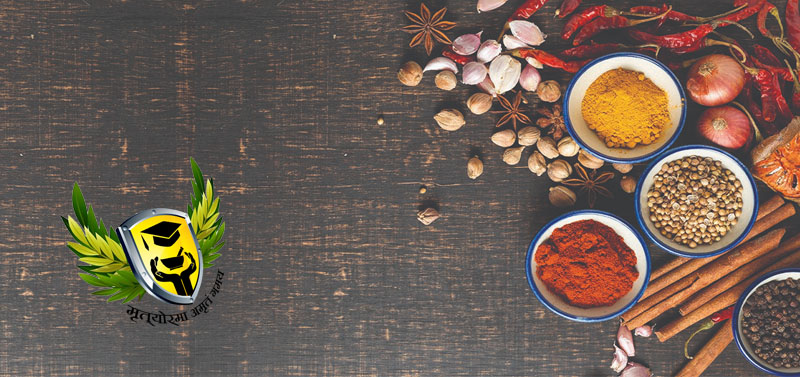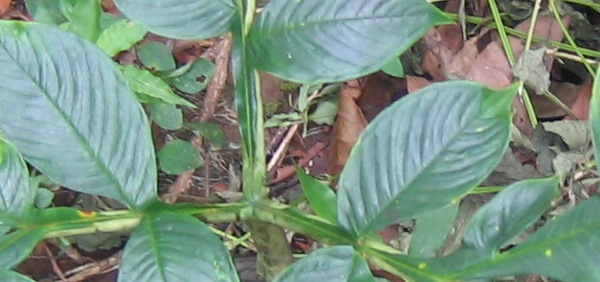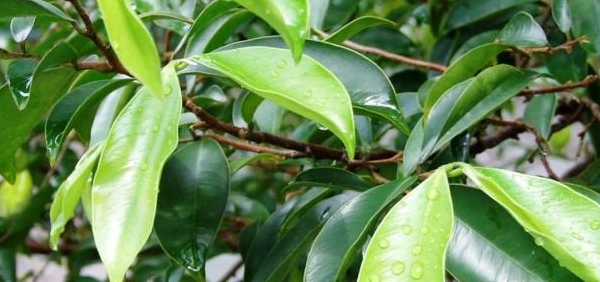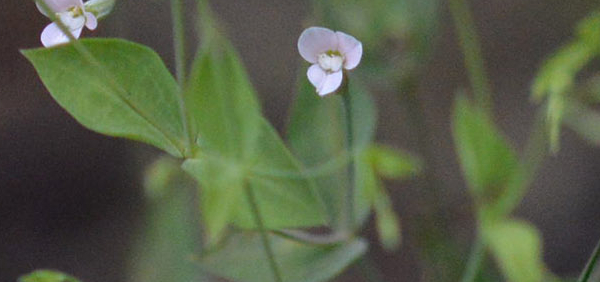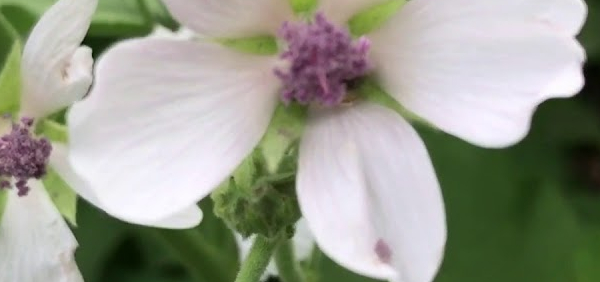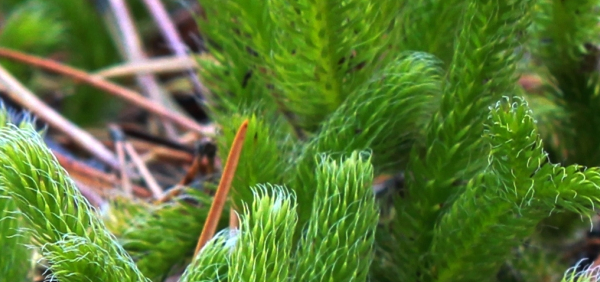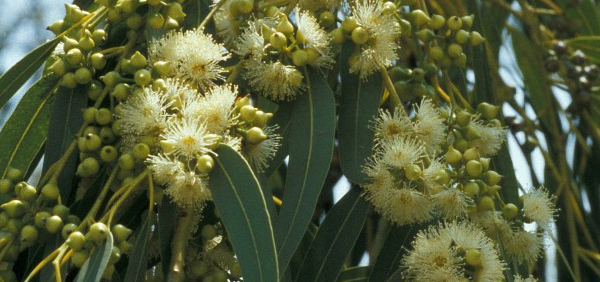shringtaka :

HISTORICAL AND MYTHOLOGICAL REVIEW:
Taxonomical Classification
Kingdom: Plantae - Plants
Subkingdom: Tracheobionta - Vascular plants
Superdivision: Spermatophyta - Seed plants
Division: Magnoliophyta - Flowering plants
Class: Magnoliopsida - Dicotyledons
Family: Moraceae
Genus: Streblus
Species: Streblus asper
Allied species:
Acalypha siamensisVERNACULAR NAMES
Sanskrit: Shakhotaka, Sihor,akshadhara, bhutavasa, bhutavriksha, dhukavasa, gavakshi, karkashachhadaEnglish: Siamese rough-bush , Toothbrush tree
Hindi: Daheya, Dahia(दहिया), Karchanna, Rusa, Sahora, Sihora(सिहोरा)
Urdu: سيہورا sihora;
Telugu: baranika, baranki, barinika
Bengali: (শ্যেওড়া) sehora, sahra, shewra, shaora
Marathi: poi, karera, kharoli, kharota, sahor
Konkani: बेकर Bekar
Oriya: sahada,(ସାହାଡ଼ା) hirtonimranu
Gujarathi: Sahoda
Tamil: kurripila, kuttippirai, parayan, pasuna
Malayalam: parakam, paruva, sakhotavrksam, tinda-parua
Kannada: akhor moranu, mitala
Punjabi: Shebda, Jindi, Dahya
Assamese: khorua, saura gach
Chinese: Quo shen shu
Burma: U.nhè: ping}
Nepal: खाक्सी Khaksi
Sinhalese: Geta nitul
Definition
Synonyms
Synonyms in Ayurveda: Siora, Sihoda, Choriya, Sahora, Rusa, Pirai, Sihor and SakhotakaRasa: Kashaya Tikta
Guna: Laghu Ruksha
Veerya: Ushna
Vipaka: Katu
Karma: Kaphahara Vatahara
The tree has a range of uses - its fibre makes an excellent paper, the leaves are used like sandpaper, whilst the plant has various medicinal and edible uses. It is sometimes cultivated, or semi-cultivated, around villages
Cultivation:
A dioecious species, both male and female forms need to be grown if fruit and seed are required.Propogation:
SeedHarvesting:
Useful parts such as leaves, fruit and bark can be harvested after 5 year old trees onwards.Phytochemistry:
Plant contains tri-terpenoids, friedelin, epifriedelinol, taraxasteryl acetate. Root bark contains cardiac glycoside, cardenolide, kamaloside, asperoside, indroside, lucknoside, and strophalloside, glucogito dimethoside, strophanolloside, glucokamaloside, sarmethoside and glucostraboside, stem bark contains cardiac glycoside strebloside mansonin.PHARMACOLOGY:
IMPORTANT FORMULATIONS –Parts used for medicinal purpose
Fruit, Leaves, Root, ,Dosage:
Substitute:
the leaves of Ficus asperrima Roxb. (Kharapatra) may be often mistaken for Streblus asper Lour, for its rough leaves.Adultrants:
leaves of Ficus asperrimaCommercial value:
Yield : Five year old tree is estimated to yield 1 kg fresh bark.Morphology:
Histology:
Shows a cork consisting of 4-10 layers of thin-walled, rectangular and tangentially arranged cells; cork cambium single layered; secondary cortex Consists of 3-4 layers of thin-walled, somewhat rectangular or circular to polygonal cells; a number of stone cells present either in singles or in groups in tangential bands; stone cells of two types, one having thick-walled and narrow lumen while the other having comparatively thinner wall and wider lumen; they vary in shape, being rectangular, oval, circular to conical, each with simple pits on their walls and radiating canals; secondary phloem consists of sieve elements, parenchyma, phloem fibres and stone cells, traversed by phloem rays; phloem parenchyma thin-walled, circular to oval in shape, phloem fibres moderately thick-walled and lignified with wide lumen, occurring in singles or in groups and radially arranged; stone cells similar to those present in cortical region, occur throughout the phloem; phloem rays thin-walled, rectangular and radially elongated in transverse section, a few ray cells also converted into stone cells; prismatic crystals of calcium oxalate occur throughout the tissues of bark.Geographical distribution:
ECOLOGICAL ASPECT:
Streblus asper "is found in the surroundings of villages, open areas, borders of rice fields and secondary forest" from the coastal plains up to 1000 m high in the hills.Plant conservation:
IUCN threat status : Not evaluatedGeneral Use:
Therapeutic Uses:
Systemic Use:
Administration:
DecoctionPharmacological:
It is used in filariasis, leprosy, toothache, diarrhea, dysentery, wounds, scabies, psoriasis, and dental care. The tender twigs of tree are used as tooth brush as they show selective bactericidal activity towards bacteria responsible for tooth cavities. Brushing with twigs also helps in pyorrheaClinical trials:
Research:
Precautions:
Toxicity studies:
Use in other system of medicine:
CONCLUSION:
Shakhotaka / Sihoda is medicinal tree used in Ayurveda to treat variety of ailments. It is very effective in filariasis, leprosy, toothache, scabies, psoriasis dental etc. The tree is especially found to effective in the treatment of filarial elephantiasis (Shlipada). It has significant anti-inflammatory properties. The Central Drug Research Institute of Lucknow, has developed an anti-filarial drug from the stem bark. The fruits of the tree are edible. The milky juice of the plant contains a milk-clotting enzyme and condenses milk. It is commonly used like rennet to coagulate milk, but thus obtained condensed milk is bitter in taste. The leaves are used as tea and for scrubbing the utensils. The latex is applied topically on warts.Photos of shringtaka -
Streblus asper
- Courtesy: http://tropical.theferns.info/plantimages/0/6/0643ee1a5dbfab4bef92836de1a2b3a34d7f0b6d.jpg
- Courtesy: http://tropical.theferns.info/plantimages/e/0/e070ca34ec49f62ff8769f0a7539e94019fad372.jpg
- Courtesy: http://tropical.theferns.info/plantimages/2/4/246b8d8be5d738733dfcb3580428c9b361e8e11a.jpg
- Courtesy: https://www.revolvy.com/main/
- Courtesy: https://08511630493324166816.googlegroups.com/attach/f5a11d6e1ab3be83/DSC02348.JPG?part=0.1&view=1&vt=ANaJVrFiJa7DgWaUoidd7RJEzYOxcWGwM8e4ptgx9Mtriahg_OBJXK-PTtSG8ID7N07KKoXeJ5puLZN70zUtk_XgEjQ-t5kqHw_uzxIE54EkDLYYm5tTXRE
- Courtesy: https://08511630493324166816.googlegroups.com/attach/35c49936a4f4df9d/DSC02917.JPG?part=0.1&view=1&vt=ANaJVrGN1BqZI4SyZJL0vQ1BkbED0cQwL-MEnWUDJOAbCN19VfK_YdTDGiQqWCn6P6N4uNoGeTYGAlrAjA23GasYKQg57hRLnc6ElTJJop3EY7Pzp9-tgls
- Courtesy: https://08511630493324166816.googlegroups.com/attach/f5a11d6e1ab3be83/DSC02348.JPG?part=0.1&view=1&vt=ANaJVrFiJa7DgWaUoidd7RJEzYOxcWGwM8e4ptgx9Mtriahg_OBJXK-PTtSG8ID7N07KKoXeJ5puLZN70zUtk_XgEjQ-t5kqHw_uzxIE54EkDLYYm5tTXRE
- Courtesy: https://08511630493324166816.googlegroups.com/attach/35c49936a4f4df9d/DSC02959.JPG?part=0.3&view=1&vt=ANaJVrE-wPTqQaB7hfBfqUk-uRrnr80PjRDolLiNMN7Jz1W30qeQJzYLIFEGAEXiXU1mMfp6yBKSC3sFZaYW1i7gq9JwAKyJdsZJHyGCB44wwXIaU9vOwOY
- Courtesy: https://08511630493324166816.googlegroups.com/attach/1926d913f99e56ba/_4004303.jpg?part=0.3&view=1&vt=ANaJVrHOZhAZrj7X0YXdsa__5XfgJAwZj4fn4ewgkbAq-YKPSOC1p4epGNFIM86mOR8fu0Yyl8EDlPBXHwKLnIWD_0rMZQcHpg8eOj7q9CECi0rFSoj3ni4
- Courtesy: http://plantillustrations.org/illustration.php?id_illustration=162581&SID=0&mobile=0&code_category_taxon=9&size=1
KEY WORDS: shringtaka Streblus asper Lour.
- » Classification and names of shringtaka
- » Synonyms and definitions of shringtaka
- » Drug Properties of shringtaka
- » Chemical Constituents of shringtaka
- » Standardization of shringtaka
- » Parts used and Dosage of shringtaka
- » Morphology and Histology of shringtaka
- » Distribution and Conservation of shringtaka
- » Cultivation of shringtaka
- » shringtaka in the market
- » Medicinal Uses of shringtaka
- » Researches and clinical trails of shringtaka
- » shringtaka in other sytems of medicine
- » Ayurvedic formulations with shringtaka
- » Images of shringtaka

Kotakkal Ayurveda - Mother land of modern ayurveda











